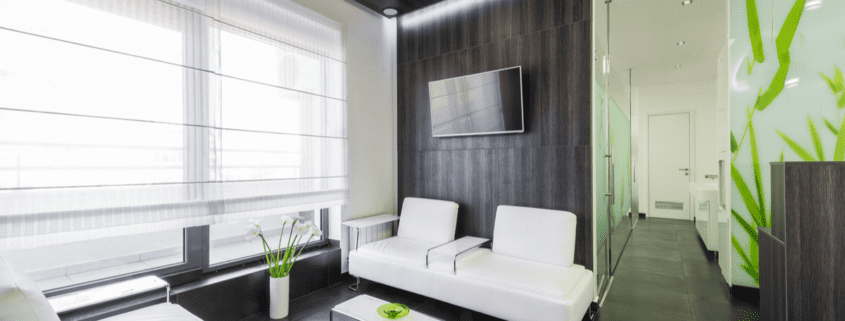Medical Office Buildings: 5 Key Considerations for CRE Sponsors
With many industry professionals believing the CRE cycle to be in the hypersupply phase, some sponsors and investors are turning their attention to secondary markets and less common asset classes. One area the industry is seeing increased interest is with regards to medical office buildings. According to NREI, the average rent for medical offices was the highest ever recorded in 2018, rising 1.4% year over year.
There are several factors that underpin the stability and success of this asset class. First, people will continue to need medical care, especially as Baby Boomers continue to age and require more frequent and complex medical interventions to stay healthy. The ongoing need for treatment facilities insulates medical office buildings against market volatility, as demand is steady. Second, to keep healthcare costs low many people are choosing to go to smaller, outpatient facilities because they are generally less expensive.
The outlook is good for medical office buildings, based on current asset performance and liquidity data. However, if you plan to move into this niche, there are potential challenges of which you should be aware.
Factors to Consider Before Moving Into the Medical Office Asset Class
There are many ways in which medical offices differ from traditional office spaces. Not all of these differences have the potential to impact profitability, but it’s important to be aware of factors that will make your offering stand out to potential tenants.
Location
Location is important for all businesses, but medical practices typically require additional considerations. Patient care does not exist in a vacuum—there are often many providers involved spanning multiple affiliated practices. Medical offices must be close to a nearby hospital at which the physicians have admitting privileges, and patients will often select practices based on convenience in terms of physical location.
ADA Compliance
The Americans with Disabilities Act (ADA) is meant to ensure that individuals with disabilities have adequate access to all areas of a building. While all buildings should be ADA compliant, there is a different standard for medical offices regarding accessibility, especially due to a possible need for urgent ambulatory transfers. Buildings that take accessibility to the next level, rather than just barely meeting requirements, are attractive to tenants because they create additional comfort and ease to those who need it.
Hazardous Materials and Equipment
Nearly all medical offices will produce biohazardous waste and many employ technologies that produce radiation. Because of these risks, additional hazards and liabilities require special consideration when drafting lease agreements. In addition, there may be necessary upgrades involved to enhance safety surrounding x-ray machines or CT scanners. On the bright side, the hard-installation that’s necessary for some of these machines could make it more attractive to your tenants to execute a longer lease term, as the expense involved in moving such bulky items may not be worth the possible benefit of changing locations.
Patient Privacy
Because HIPPA privacy laws are very strict, your right to enter as a landlord may come into conflict with patients’ right to privacy. Due to procedures, recovery, or confidentiality concerns, restricting access to non-medical personnel is sometimes necessary in medical settings. Lack of accessibility may present an obstacle in assessing the state of the property. However, there are ways to work around this that both protect your rights as a landlord and the privacy of patients, like offering authorized entry to all areas during specific hours.
Amenities – They Still Matter
Even in a medical setting, or perhaps especially in a medical setting, the amenity creep remains. Many consumers prefer visiting medical offices that feel inviting. Small touches like elegant common spaces and gardens can help ease some of the discomfort and uncertainty of the medical environment for patients. If your space is able to accommodate these touches it may be more attractive to potential tenants and appear more upscale. An upscale appearance can set your offering apart to tenants, who are competing with other medical providers to attract patients.
When seeking out an ideal space for a medical office building, whether a ground-up build or conversion, knowing what sets these buildings apart is important. It may be daunting to enter into new territory, but the medical office space has the potential to be a lucrative addition to your portfolio.
For more information on alternative asset classes, check out Investing Outside the Box: Alternative CRE Investment Opportunities



